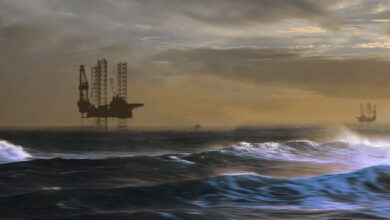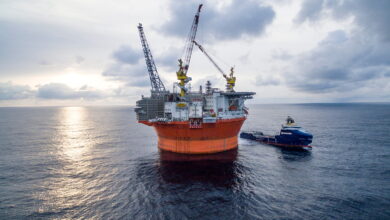Cyberhawk secures five-year software contract with Shell
Cyberhawk, the creator of iHawk, a cloud-based asset visualization software, announced that it has secured a five-year, multimillion-dollar software contract with Royal Dutch Shell.
iHawk will become Shell’s next generation visualization software platform for all onshore, offshore and subsea assets, as well as all global construction projects.
The contract follows the successful integration of iHawk at a construction project valued at over $6 billion in the US, where it is now being used by over 800 monthly users and has been rolled out at further sites in the UK, Central America and Africa.
Cyberhawk, which has been working with Shell since 2012, will support the company’s digital transformation strategy, providing a central platform for all digital and visual data sources. Additionally, iHawk will provide a fully enabled IoT solution by seamlessly integrating third party sensors and APIs specifically developed for Shell.
Following the completion of Shell’s first-in-class drone audit earlier this month, the contract accompanies Cyberhawk’s global aviation authorization within Shell. This permits drone-based inspections and surveys across all Shell facilities and marks Cyberhawk as the first and only drone operator to be approved to work on all Shell sites globally.
“We are particularly proud of the collaborative relationship we have built with Shell which has seen us provide a software solution that can be quickly adopted and adapted for a variety of assets, across many sectors including construction, upstream, downstream or subsea,” Chris Fleming, Cyberhawk CEO, said. “This contract is further validation of the strength of our iHawk software solution, which has already been deployed by a number of customers to transform the way they manage their critical energy infrastructure across multiple sectors including oil and gas, electrical utilities and renewables. This deal further establishes our ability to set the gold standard in terms of data collection and asset management solutions.”




